You are here
Santa Maria Valley is an incredible hidden gem at the top of southern California. Hosting pristine beaches full of wildlife, rolling hills for mountain biking or hiking, scenic vineyard-side highways for cycling, miles of boardwalks built for any visitor, and excellent ocean fishing, Santa Maria Valley offers it all. Many people don't think to stop in Santa Maria Valley during a road trip, but the variety of activities available here justify a long weekend of exploration. A common link between many of the most amazing adventures in the area is the expansive sand dune ecosystem along the coastline. Guadalupe Dunes features sand dunes as tall as 550 feet, the tallest on the West Coast. There is so much to do that a little direction can be helpful. If you had three days to spend in Santa Maria Valley, this is what you shouldn't miss!
Day 1: Rancho Guadalupe Dunes Preserve
Rancho Guadalupe Dunes is a must-see in Santa Maria Valley. Not only will the wildlife completely blow you away, but the beautiful beach and low congestion are highlights to this adventure. If you're interested in a little fishing, perch can be caught right off the beach.
Between 1969 and 1988 the preserve expanded from only 26 acres to over 500 acres, and now it is specifically dedicated to protect the fragile California least tern and snowy plover nesting areas. Even with the protected areas, there is plenty of space to roam. To the north you will find a small water feature where many of the birds like to spend time between meals. There you can find hundreds of great white pelicans, egrets, seagulls, herons, and even turkey vultures. This is also the main area of the Guadalupe-Nipomo Dunes National Wildlife Refuge.
If you walk along the beach far enough to the south, you will pass the protected areas and can hike up into the dunes for a better view of the ocean. While up there, you're likely to spot pelicans feasting on sardines, sea lions surfing the waves, and, if you're lucky, a humpback whale or two! Further south you will come to the end of the preserve at Mussel Rock. Paradise Beach is a destination for the adventurous spirit just past Mussel Rock, if you're willing to put in the work to get there. It's a bit rocky and a little hard to navigate, but the trip is totally worth it.
Day 2: Point Sal Trail
After a relaxing day of bird watching and beaching, it's time for a big hike. The Point Sal Trail is a 10-mile out-and-back hike that leads you up and over a small mountain range, down through the Vanderberg Airforce Base, and onto Point Sal State Beach. Although the hike is long, it is on very easy terrain. An old road turned into a trail, most of it is flat, wide, and easy to navigate. It's not until the last 100 yards or so that it becomes quite steep, which requires a bit of care and thought as you descend down to the beach. As you hike you'll find a few areas to short cut the road. Unfortunately, these trails are on private property and are strictly prohibited; they are marked clearly with "No Trespassing" signs. Cattle may cross your path at some point, and if you keep an eye out, you may be able to spot a bobcat or coyote along the way.
If you have the opportunity, this hike is incredible at sunset. Leaving around 3 p.m. will allow you a couple of hours to meander up the hill and down to the beach. Pack a light dinner, a beer, and a headlamp, and be sure to head back up the hill to the summit about an hour before sunset. From the summit you'll get an incredible experience as you watch the sun disappear over the Pacific.
If you're feeling really adventurous, you can take the Point Sal Trail north toward Paradise Beach and all the way to Mussel Rock at the edge of Rancho Guadalupe Dunes Preserve. When hiking the Point Sal Trail, the trail option to Paradise Beach is very poorly marked, and it is unclear if it is on private property. If you're looking for a guarantee, take Point Sal to Point Sal Beach. It is a very beautiful route, and you're likely to have the beach all to yourself!
Day 3: Oso Flaco Lake
There's no better way to end your trip than a relaxing, easy hike out on a lake. Oso Flaco Lake is a bird watchers dream and offers ADA-accessible paths all the way to the beach, so everyone can enjoy it.
It's hard to believe that such a wet world exists in the middle of the Guadalupe-Nipomo Sand Dune system. The amount of variety in the wildlife here is jaw dropping. Many professional photographers and aviary enthusiasts enjoy this spot for that reason alone. You will be able to spot song, golden, and white sparrows, American bitterns, northern shovelers, ruddy ducks, sora, belted kingfishers, ospreys, red-tailed hawks, herons, egrets, and much more.
The trail starts at a dead-end parking lot just past many agriculture farms west of Nipomo, California. From here you'll walk to a gated dirt road through lush canopied trees to a sign on your left side labled "Beach Access." Turn left and take the boardwalk over the lake. There are a couple of benches on the boardwalk that are the perfect spots to observe the wildlife. Once you're ready to continue, follow the path all the way to the beach. There is a beach viewing platform toward the right once the beach is in sight, or you can walk down to the sandy beach and dip your toes in San Luis Bay.
There are several other great adventures to look into as well, such as Nipomo Native Garden Loop for some native plant observing and easy hiking, Orcutt Hill Trails or Los Flores Ranch Park for mountain biking. The Monarch Butterfly Preserve between November and February is a must, or maybe a cycle tour through Foxen Canyon Vineyards for some wine tasting and outdoor fun. Ultimately, three days isn't enough to see all Santa Maria Valley has to offer. So get out there and explore a new California destination!

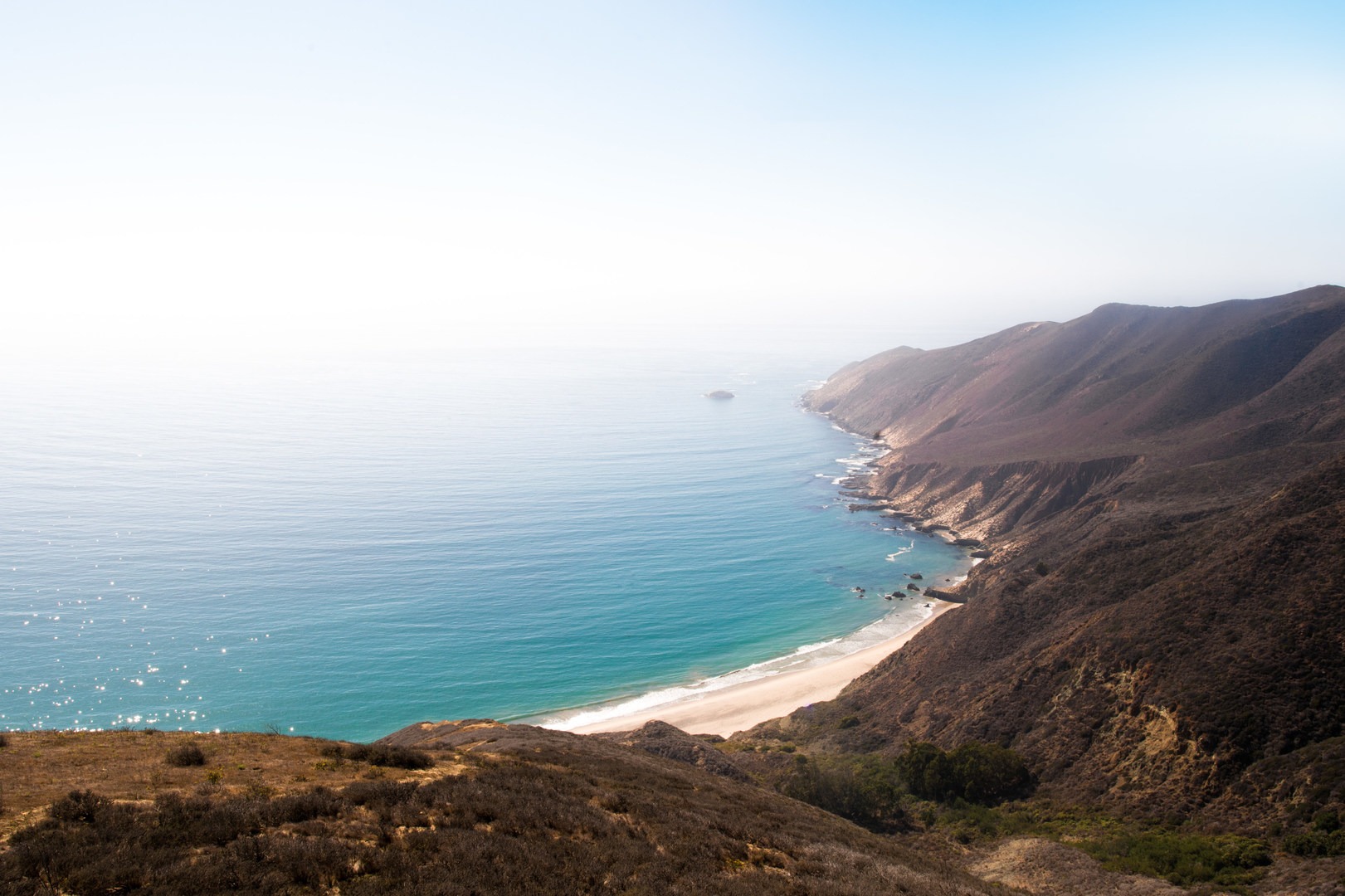
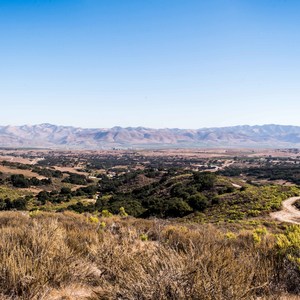
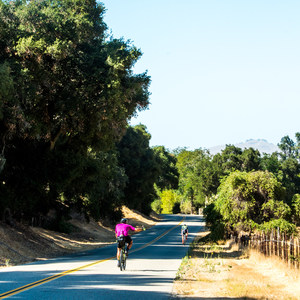
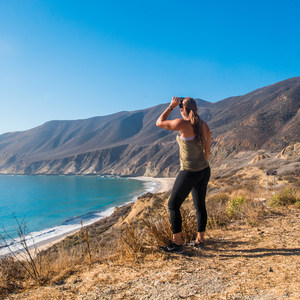
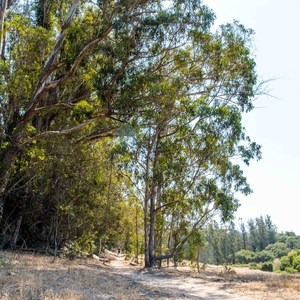
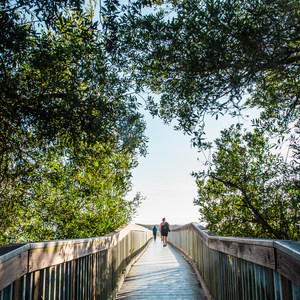
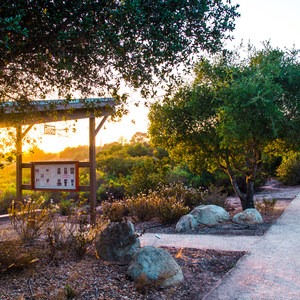
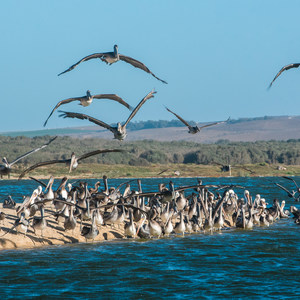
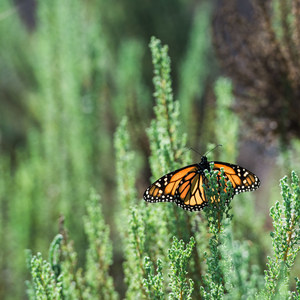



Comments
Sign In and share them.